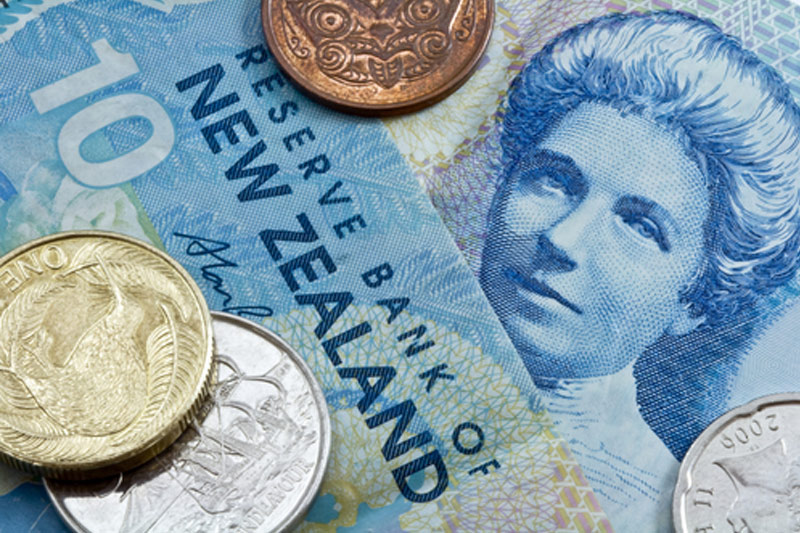Investing.com - The New Zealand dollar gained smartly on Thursday after the Reserve Bank of New Zealand increased the official cash rate to 3.0% from 2.75% as expected, but hinted future increases will be paced because of the impact of the high exchange rate.
"The speed and extent to which the OCR will be raised will depend on economic data and our continuing assessment of emerging inflationary pressures, including the extent to which the high exchange rate leads to lower inflationary pressure," Governor Graeme Wheeler said Thursday.
NZD/USD traded at 0.8585, up 0.20%, after the announcement.
In Japan, data releases include the March CSPI and the MOF's weekly international transactions in securities data, all due at 0850 Tokyo (2350 GMT).
USD/JPY traded at 102.49, down 0.04%, ahead of the data.
Overnight, the dollar traded mixed to lower against most major currencies after data revealed that new home sales in March came in worse than expected, while solid factory data out of Europe boosted demand for the euro, which came at the greenback's expense.
The euro zone manufacturing purchasing managers’ index rose to 53.3 this month from 53.0 in March, according to Markit Economics, beating expectations for an unchanged reading.
EUR/USD traded at 1.3819, up 0.01%, early in Asia.
The bloc’s services PMI rose to 53.1 from 52.2 the previous month, better then forecasts for a 52.4 reading.
The recovery in Germany, the euro zone’s largest economy accelerated this month, with activity in both the manufacturing and service sector strengthening, but growth in the French private sector lost momentum.
Capping the single currency's advance and giving the dollar some support was uncertainty over European monetary policy.
ECB President Mario Draghi has warned that further gains in the euro would trigger additional monetary easing to keep inflation rates in comfort zones.
The annual rate of euro zone inflation slowed to 0.5% in March, the lowest since November 2009.
On Thursday, Draghi is due to speak in Amsterdam, and markets remained in standby mode ahead of then.
Meanwhile in the U.S., the Commerce Department reported earlier that sales of new homes in the U.S. fell to the lowest level since July 2013 in March.
Sales on new homes dropped 14.5% to a seasonally adjusted rate of 384,000, lower than analysts' forecasts for a sales rate of 450,000.
The US Dollar Index, which tracks the performance of the greenback versus a basket of six other major currencies, was flat at 79.95.
On Thursday, the U.S. is to publish data on durable goods orders and the weekly report on initial jobless claims.
